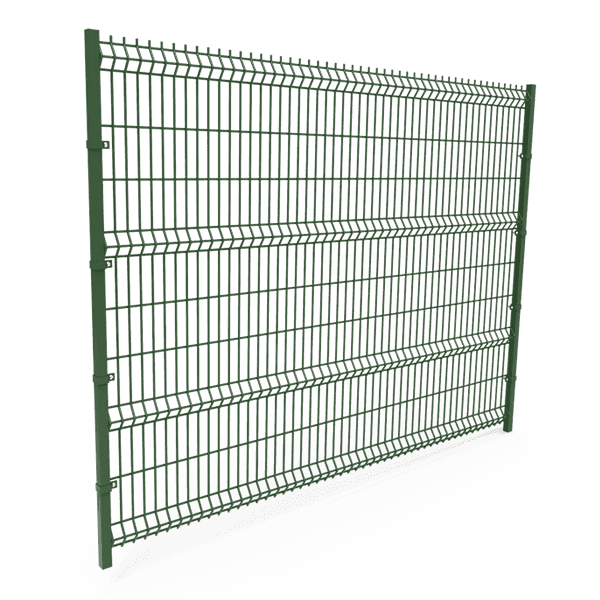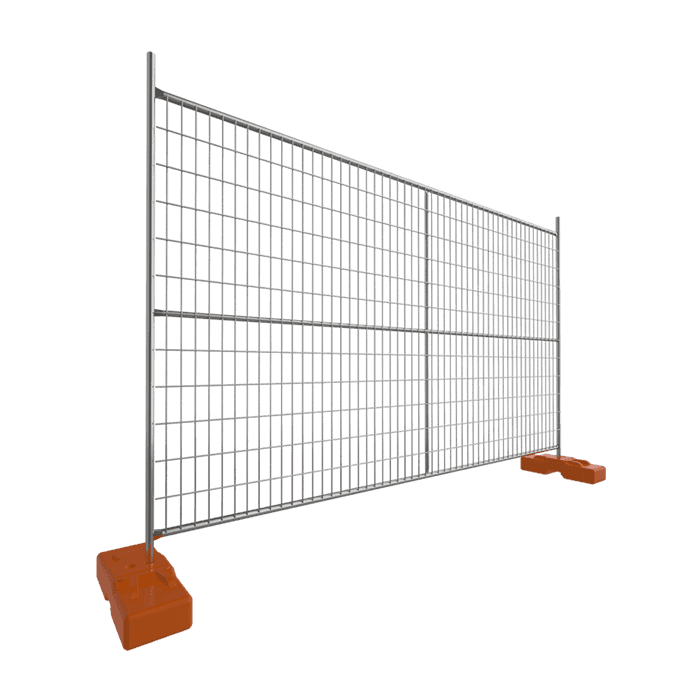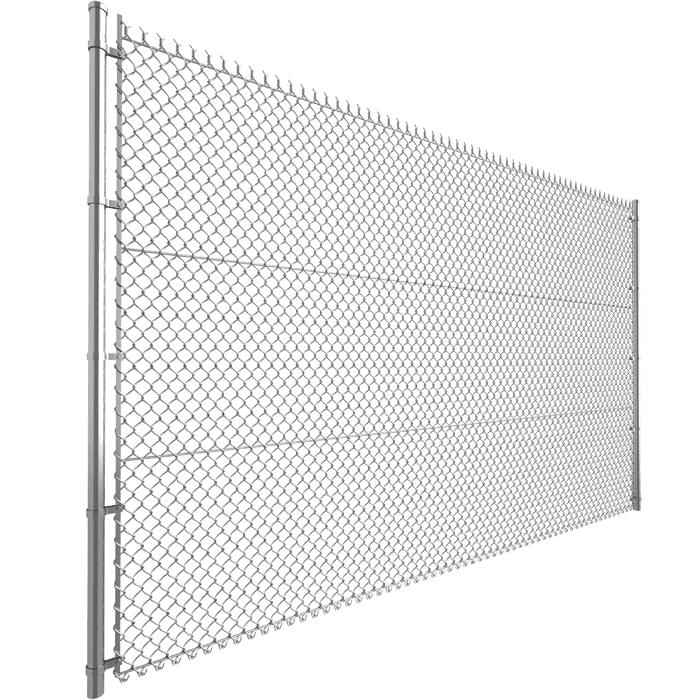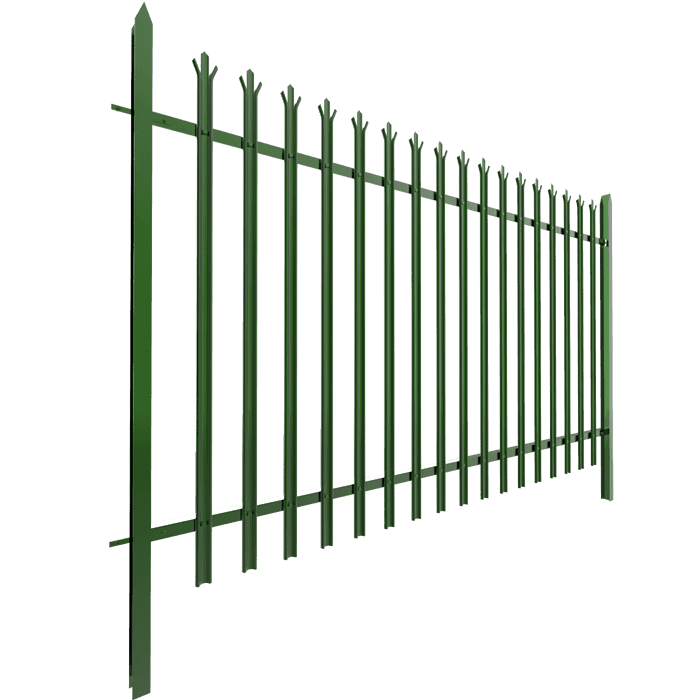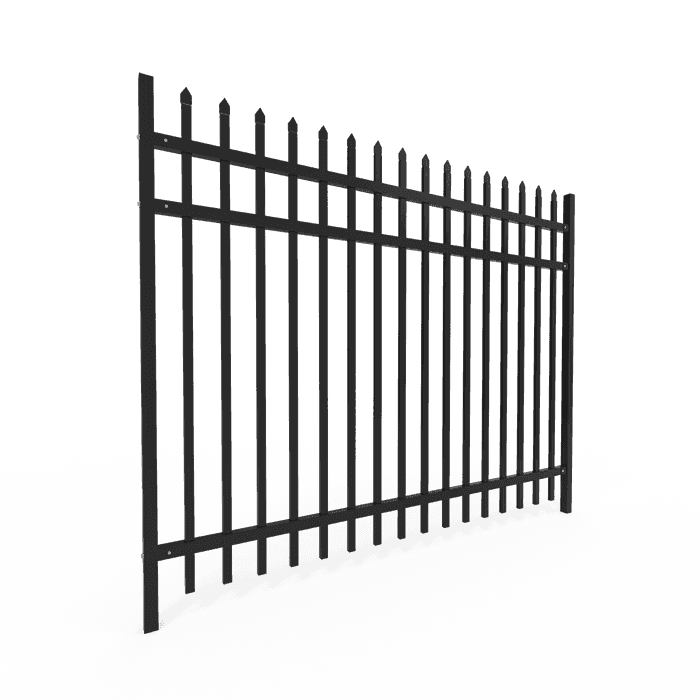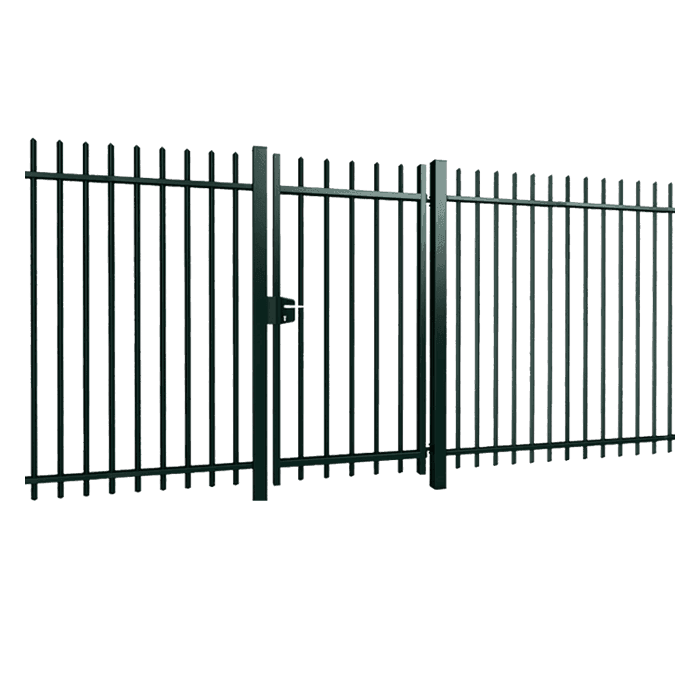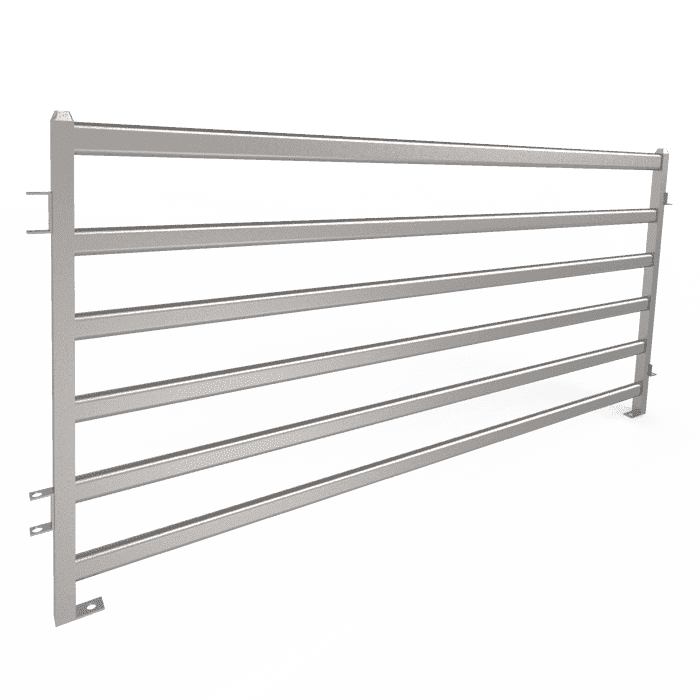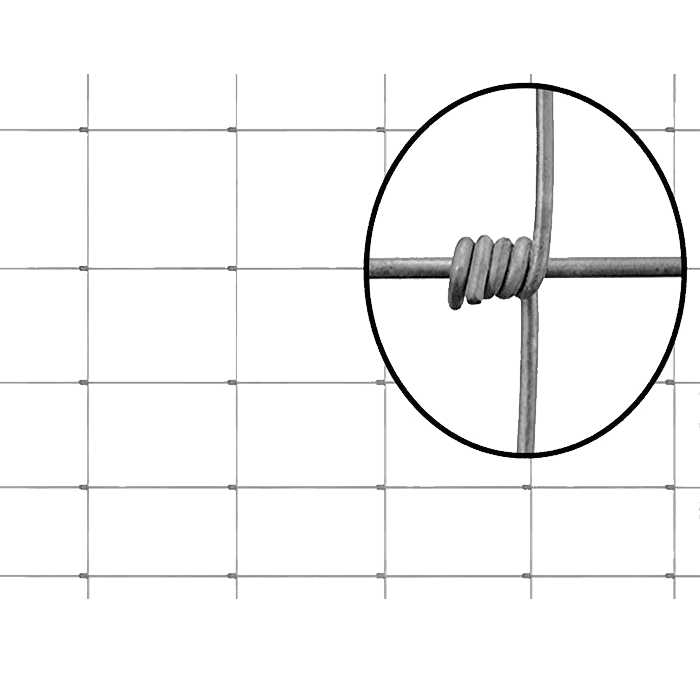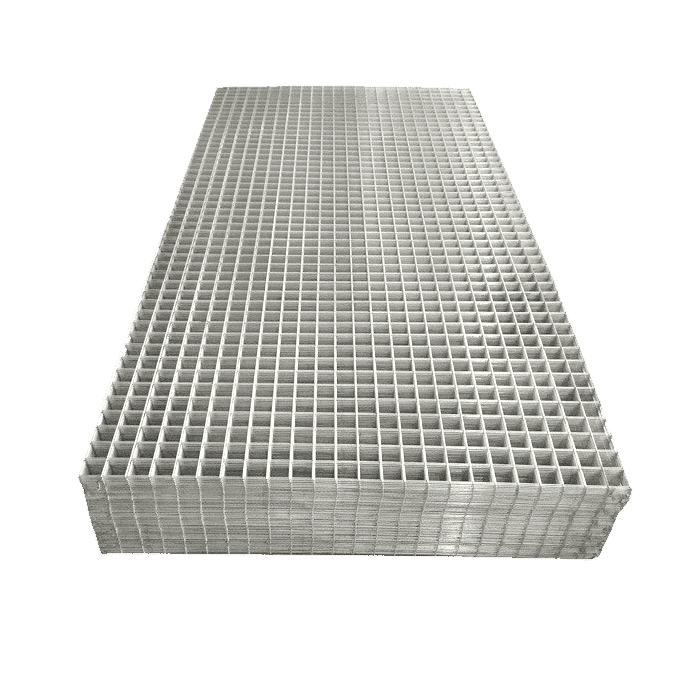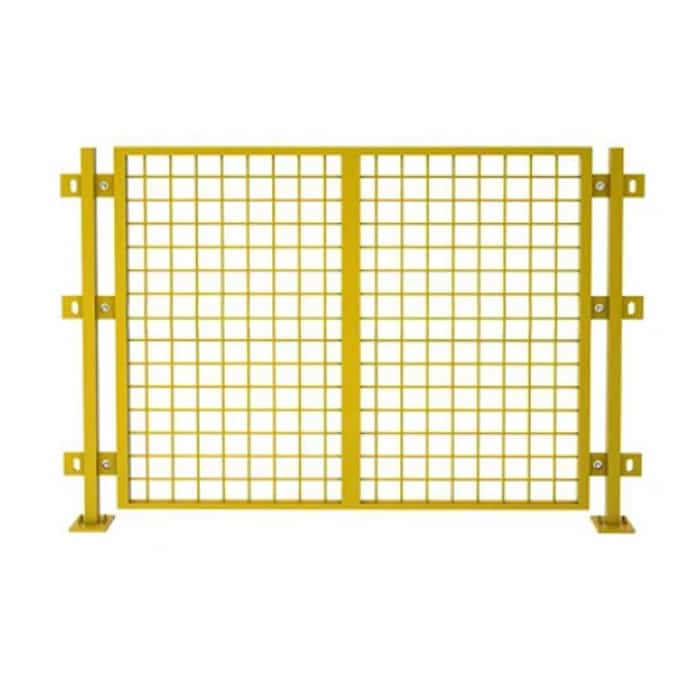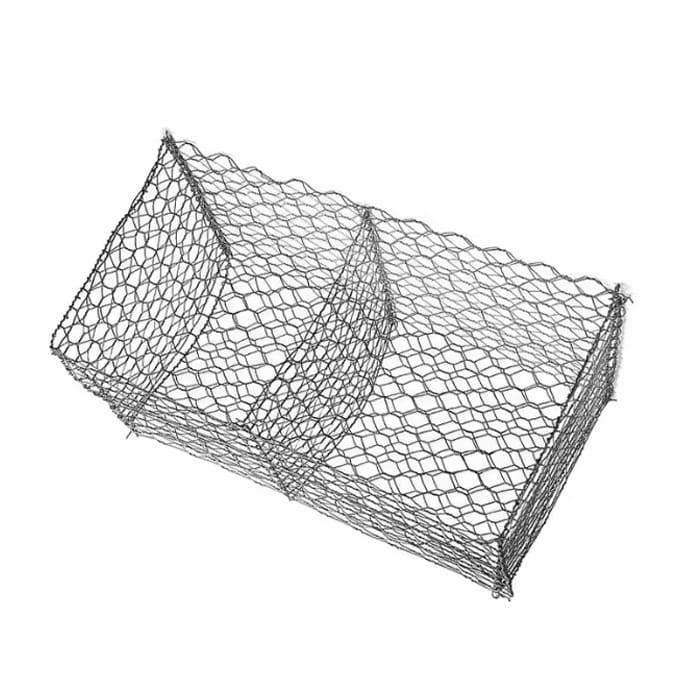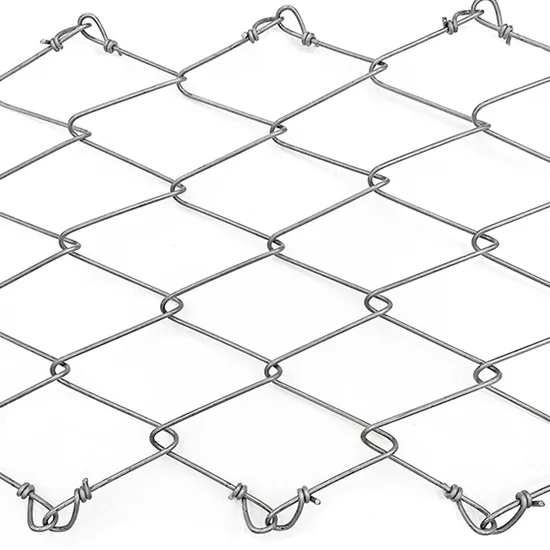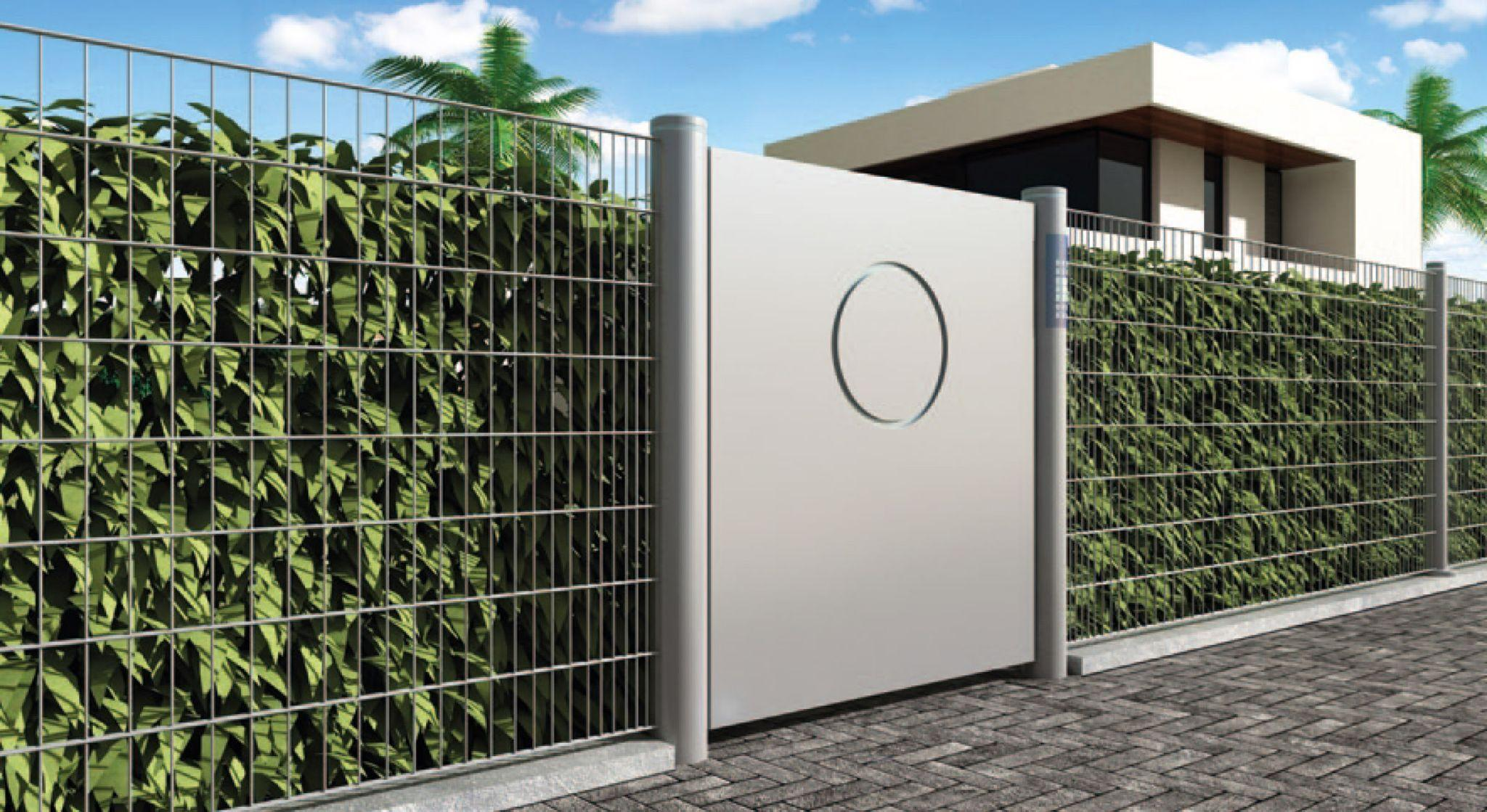Table of Contents
In most homes, fences act as the boundaries of your property. But did you know that it has several purposes? It encloses your house, increases curb appeal, and, most importantly, offers security and privacy.
However, what if that once colorful fence now looks drab, weather-beaten, and simply out of sync with its house? One very simple and inexpensive way to amend this is to paint. You can indeed paint fences, and doing so is a great deal more than just a facelift.
But here is the catch. All fences are not created equal, and some are of different materials, sizes, and heights. This makes them require different painting formats and equipment.
In this guide, we will discuss which fences can be painted and the benefits associated with doing so; what paints should be used; what to watch for when painting; and how to maintain your freshly painted fence for the long-term aesthetic and protective appeal. So, let’s dip our brushes and begin the colorful fence painting!
Part 1. What Fence Materials Can Be Painted?
The following is a detailed look at the most common fence materials and their paintability.
Wood Fences
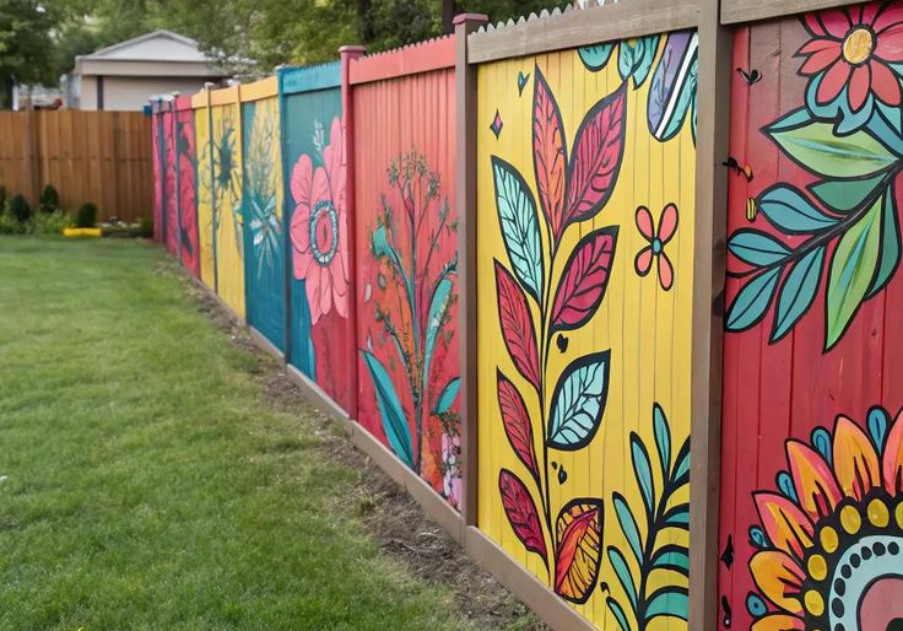
Wood is, by far, the most popular and most paintable material. It is a widely used fencing material. Regardless of whether it is made of pine, cedar, redwood, or spruce, it readily accepts paint. This advantage allows homeowners to select any paint of their choice, without limiting them.
However, maintain the wood clean and dry and free of mold or mildew before painting. New wood must be weathered slightly for a few months; otherwise, paint might not adhere well to treated wood.
For older wood, sanding may be done along with the application of a good-quality wood primer, which greatly assists the paint to adhere and stay longer.
Metal Fences
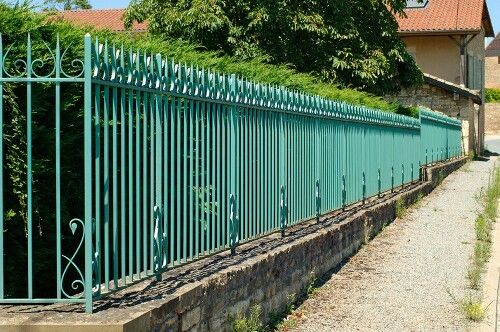
Metal fences, such as wrought iron and aluminum, as well as steel, can be painted, too, except that the preparation is greater than that for wood. Rust is the foe here, and it must be removed with sandpaper or a wire brush, after which a rust-inhibiting primer is applied before paint. A painted metal fence not only looks impressive but also gets additional protection from weather conditions.
Vinyl Fences
Next, we have vinyl fences. They are slowly replacing the wood and metal fences due to their maintenance-free advantage, so painting one is usually discouraged. Their surface is smooth and non-porous, so typical paints find it difficult to stick.
However, this doesn’t mean that on can’t paint them. If you want to paint or change their color to align with that of your house, go for high-adhesion acrylic latex paint.
Even after painting, bear in mind that even with the best preparation, the paint might peel or fade faster on vinyl than on other surfaces, and might void your warranty.
Composite Fences
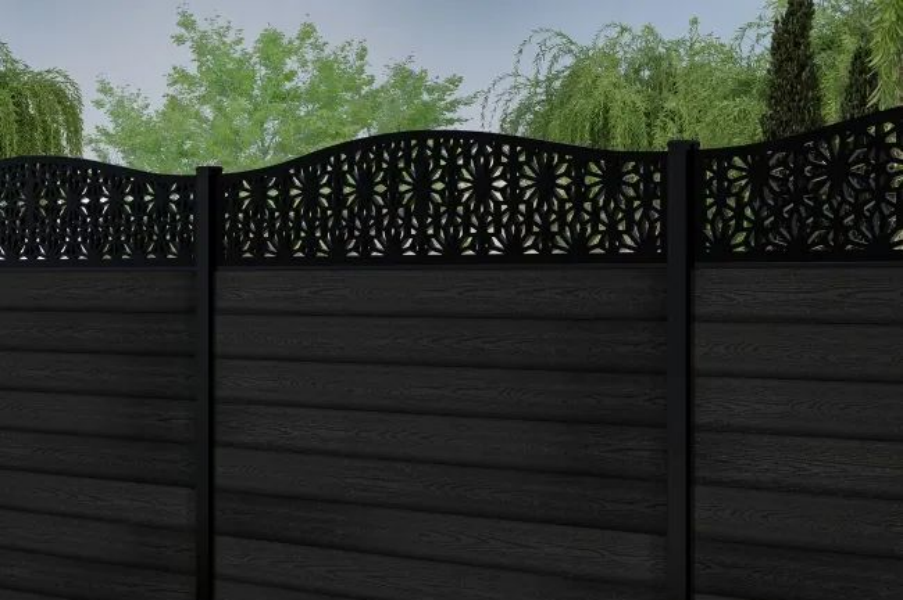
If you prefer composite fences, you may notice that they are pre-colored when installed and are intended to be maintenance-free. Just like vinyl, composite fences do not readily accept paint unless they are properly prepared.
Before painting this type of fence, always make sure you have carefully cleaned it and use a primer when necessary. However, though painting composite is feasible, many manufacturers advise against it since it changes the original surface of the material.
ChainLink Fences
Another type of fence that is common in our homestead is the chain link. Though not often linked with painting, some people choose to paint it to improve its appearance.
Here, a spray paint made for metal surfaces will work best because it enables uniform coverage in difficult-to-reach locations. Before painting, be sure to clean any rust and primer as necessary.
Part 2. Advantages of Fence Painting
The main advantages of fence painting are:
1. Aesthetic Enhancement

The immediate and noticeable advantages that come to mind are aesthetic appeal. A neat fence that has been freshly painted improves your property`s curb appeal substantially.
Whatever style you decide-neighborhood white picket, loud splash colors, or a shade of paint that complements the hues on your paint job is the ticket to expressing yourself. This can work in your favor while the first impression always counts with buyers.
2. Guarding Against Weathering
The weathering of fences goes on with rain, snow, sun, wet air, and wind. Slowly, these elements cause damage that could have been prevented had the fence been painted: rot, rust, fading, and cracking. Painting serves as a kind of shield through which your fence repels these environmental threats.
3. Longer Fence Life
Painting offers protection against water damage, damaging rays of sunlight, and other factors that would cause deterioration. Thus, by painting your fence, you’re saved from breakdowns that are caused by rust or attacks by mites.
4. Less Maintenance
When dealing with fences, maintenance is always at the center of everything. In most cases, painted surfaces usually appear smoother to maintain than their counterparts. Painted fences usually require a quick rinse with a hose or a gentle scrub with soap and water will usually restore the clean look of the fence.
In addition, most paints contain elements that inhibit mildew growth and provide UV resistance. This allows the fence to last longer and even makes maintenance easier and preventing premature deterioration.
5. An Economic Approach to Home Improvement
The act of painting is much less costly when compared with the replacement of an old or ugly fence, yet it produces dramatic changes. From this standpoint, it is a great way for those on a tight budget to bring new life to a fence without full replacement.
6. Customization and Personality
Your fence is part of your home’s exterior identity. Painting allows you to personalize it according to your taste. Want to match your garden décor, highlight architectural features, or create a focal point in your yard? The color choices and finish options are virtually endless, allowing you to express your personality and make your space truly your own.
Part 3. What Paint Should I Choose When Painting a Fence?
The main elements to take into account when picking fence paint follows:
1. Give some thought to the fencing material
Wood Fences
Acrylic latex paint is an excellent option for wooden fences. It is flexible, water-based, and cracking, peeling, and fading-resistant. Additionally, it lets the wood breathe while providing great UV and moisture damage defense. Deep penetration and water resistance provided by oil-based paints, however, take longer to dry and might yellow over time.
Metal Fences
Wrought iron or aluminum surfaces need rust-inhibiting primers followed by alkyd (oil-based) or acrylic enamel paint. These paints are made to stick to metal and stop rust.
Vinyl or composite fences
Because these substances are not inherently paintable, you will need high-adhesion acrylic latex paint. For best results, first apply a bonding primer, then select items designated for plastic or synthetic materials.
2. Select the Appropriate Finish
Paint finishes impact both the appearance of your fence and its performance.
- Matte or flat finish: Though it hides flaws and provides a natural appearance, it is more difficult to clean.
- Finish: Satin or Eggshell: Offers a little gloss and is simple to maintain, striking a compromise between beauty and longevity.
- Finish glossy: Excellent for metal fences where shine is wanted. Extremely durable and simple to clean, but may show surface flaws.
3. Choose Exterior-Grade Paint
Always pick paint designated for exterior use as it’s meant to resist outdoor elements, including temperature swings, sun, and rain. Offering enhanced longevity, many exterior paints now incorporate UV protection, mildew resistance, and fade resistance.
4. Climate Factors
Moisture-resistant paint is essential in humid or frequently raining environments. Pick paint with UV blockers to avoid premature fading or cracking in hot, sunny areas.
Part 4. Things to Note When Painting a Fence
While painting a fence might seem like a straightforward endeavor, there are a few crucial factors that can influence the final product, durability, and aesthetics of your work. Essential things to keep in mind when painting a fence include:
1. Adequate surface preparation
The fence has to be well cleaned before any paint is applied; dirt, mildew, mold, and previous paint can impede new paint from sticking correctly. Use a pressure washer or brush and sudsy water scrub.
For wooden fences, make sure the wood is dry—painting damp wood can lead to peeling and blistering. Sand any rough spots and remove flaking paint to create a smooth surface.
2. View the Forecast for the Weather
In bad weather, paint does not stick very well. Select a dry day with moderate temperatures—ideally between 50°F and 85°F (10°C to 30°C). Avoid painting when rain is forecast within 24 hours, and steer clear of unduly humid or windy days, which can influence drying time and finish quality.
3. Using the appropriate tools
Select between a paintbrush, roller, or paint sprayer depending on your fence type and style. Brushes are ideal for borders and corners; rollers for flat surfaces; and sprayers for rapid, even coverage on bigger or textured fences. To prevent streaks and erratic application, be careful to employ premium equipment.
4. Use primer as necessary
For bare wood, rust-prone metal, or surfaces with old paint, priming is necessary. An excellent primer increases adhesion, offers a consistent basis, and extends paint lifespan. Pick a primer that matches the material and paint type.
5. Apply several thin layers.
Instead of thick layers of paint, which might cause drips and longer drying times, apply two thin coats, allowing each layer to dry entirely before adding the next. This guarantees professional finishing and even coverage.
Part 5. How should the painted fence be cleaned?
Once your fence is looking fantastic, regular cleaning is critical to preserve its appearance and extend its life. Luckily, when done right, cleaning a painted fence is rather easy.
1. Regular Cleaning
Beginning with a light rinse using a garden hose helps to get rid of stray dust, cobwebs, and trash. For a general cleaning, combine warm water with a few drops of gentle dish soap in a bucket. Use a soft-bristle brush, sponge, or fabric to clean the fence surface. Work from the top down and rinse each section after scrubbing to prevent soap residue buildup.
2. Treating mildew, stains, or mold
Mix one part bleach with three parts water for tenacious mildew or stains. Using a spray bottle or sponge, spread the remedy over afflicted regions. Ten to fifteen minutes should pass before gently brushing. Wash completely with fresh water.
3. Pressure cleaning (With Caution)
A pressure washer can speed up the process if your fence is very dirty or spans a large area. Use a low to medium pressure setting (under 1500 PSI) and keep the nozzle at least 12–18 inches away from the fence surface to prevent chipping or peeling the paint.
4. Seasonal upkeep
At least twice yearly—preferably in spring and fall—clean your painted fence. Search it for peeling paint, chips, or cracks as well. Use leftover paint to touch up damaged spots to stop more degradation.
Conclusion
Painting your fence is a wise and fulfilling means of improving the look of your home and shielding it from the elements. The proper preparation, paint choice, and upkeep can turn your fence into a beautiful and long-lasting aspect of your outdoor area.
Good fence painting, however, calls for much more than just choosing a hue. To guarantee long-term outcomes, you have to think about the material, weather circumstances, equipment, and cleaning procedures.
If your fence is starting to appear weary or out-of-date, don’t rush to replace it; rather, think about painting it instead. With a little effort, you can give your fence fresh life and create a standout feature in your outdoor area.

